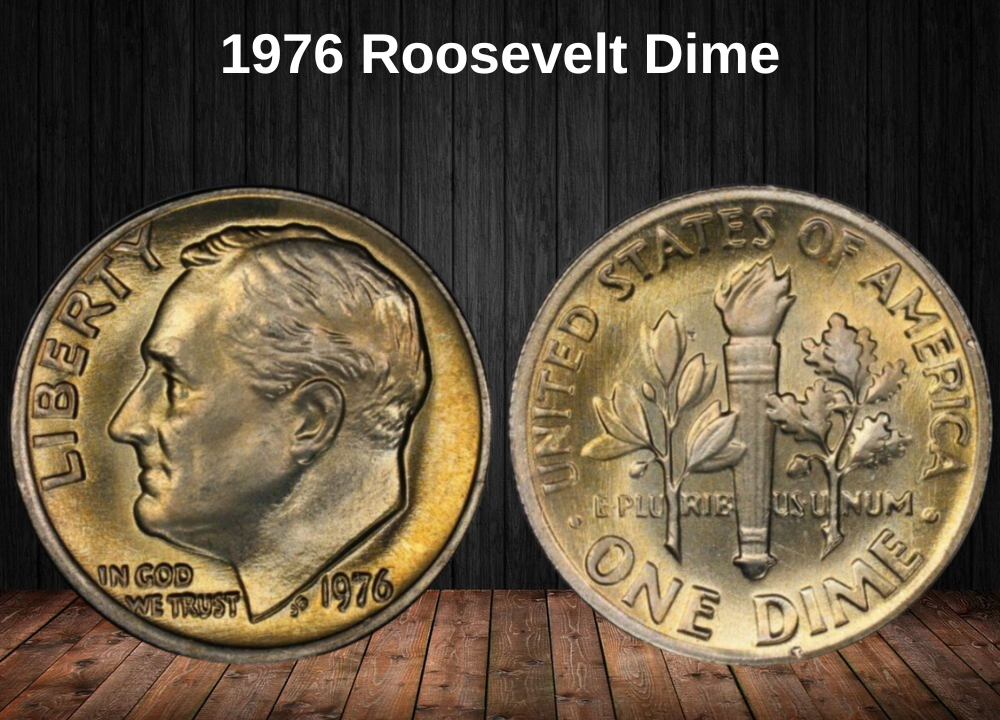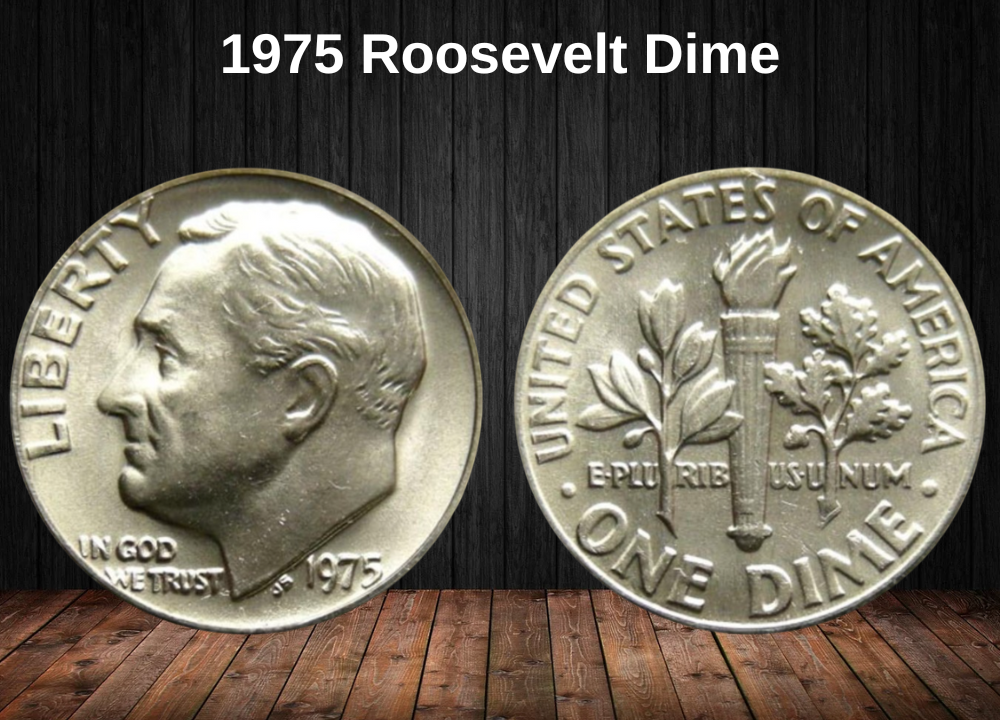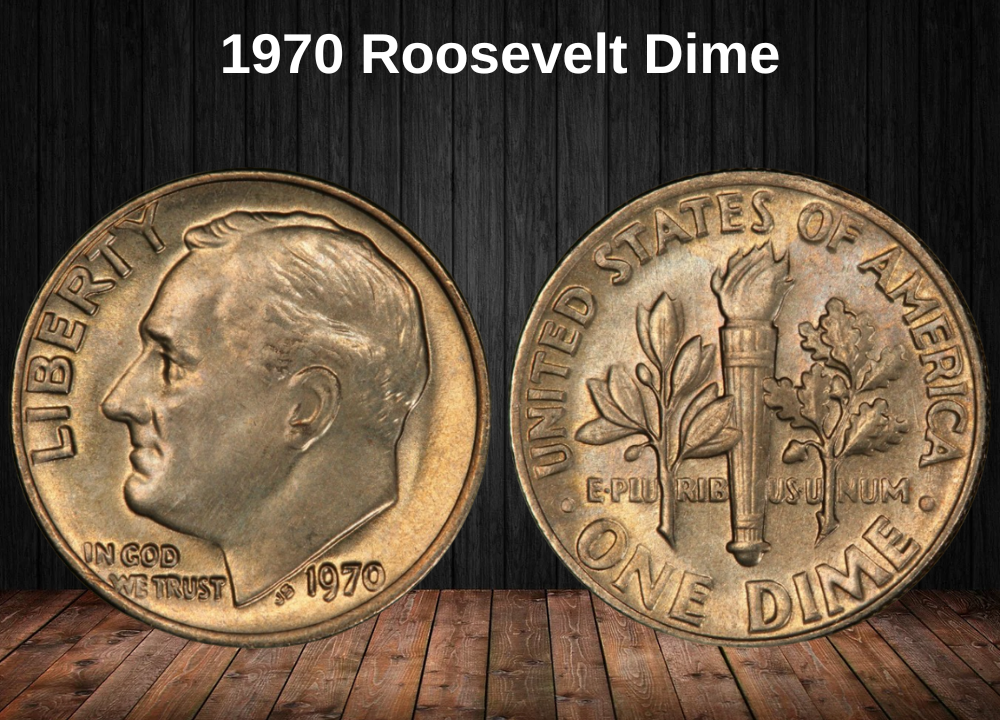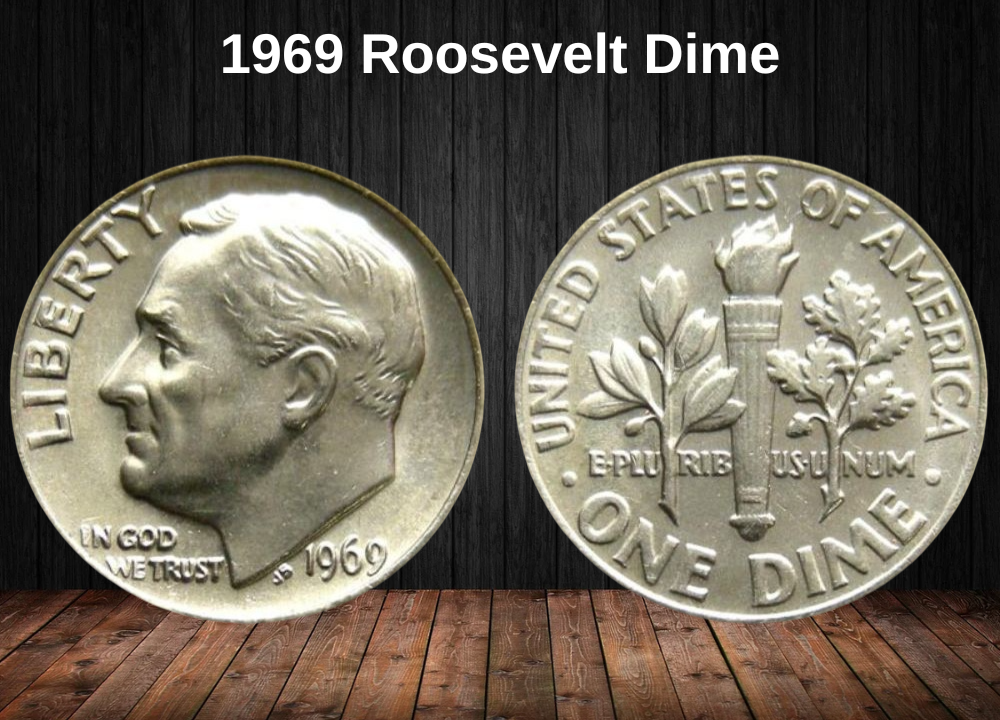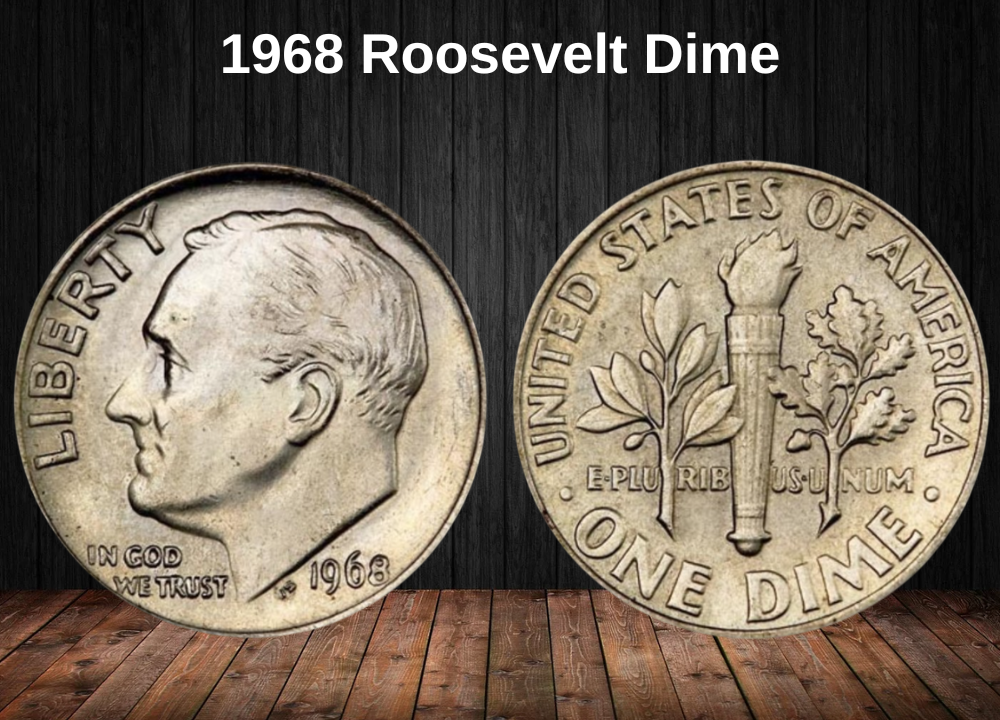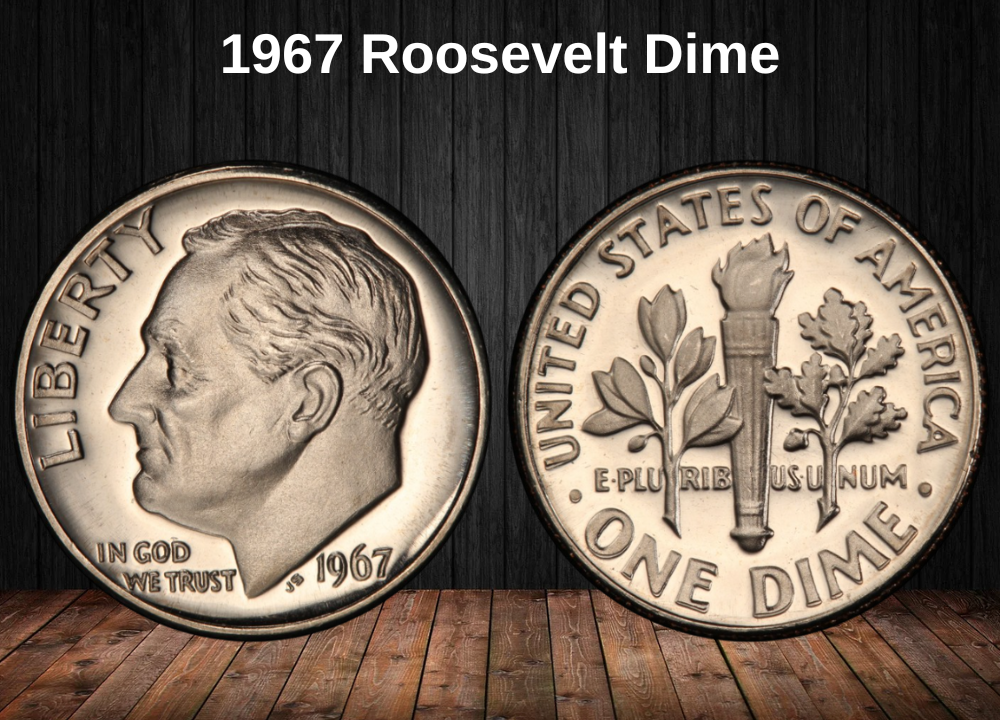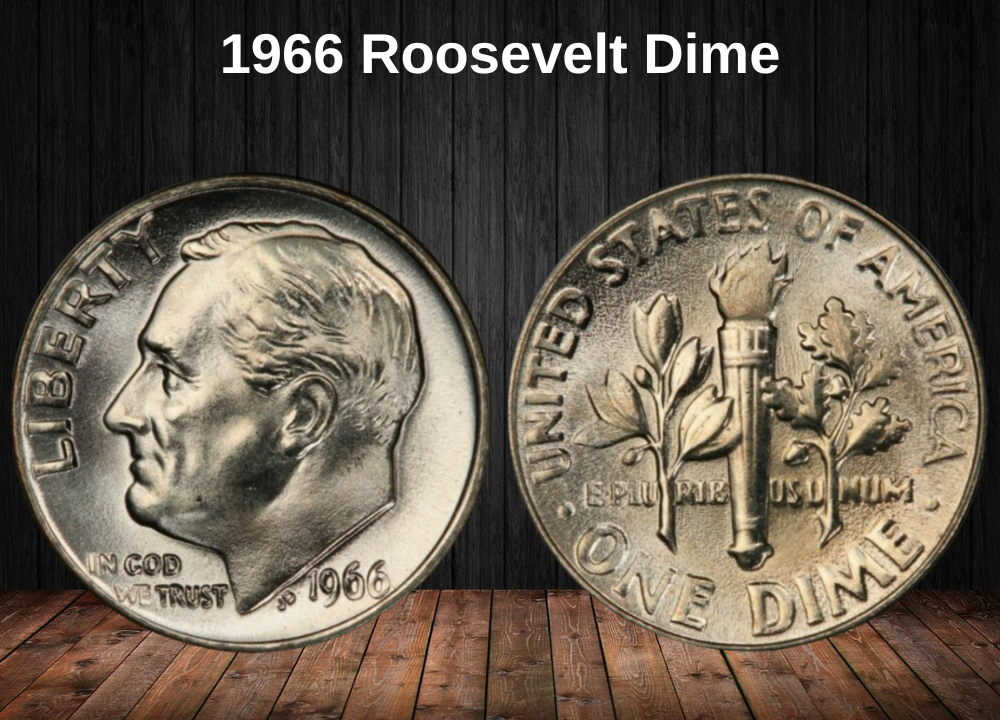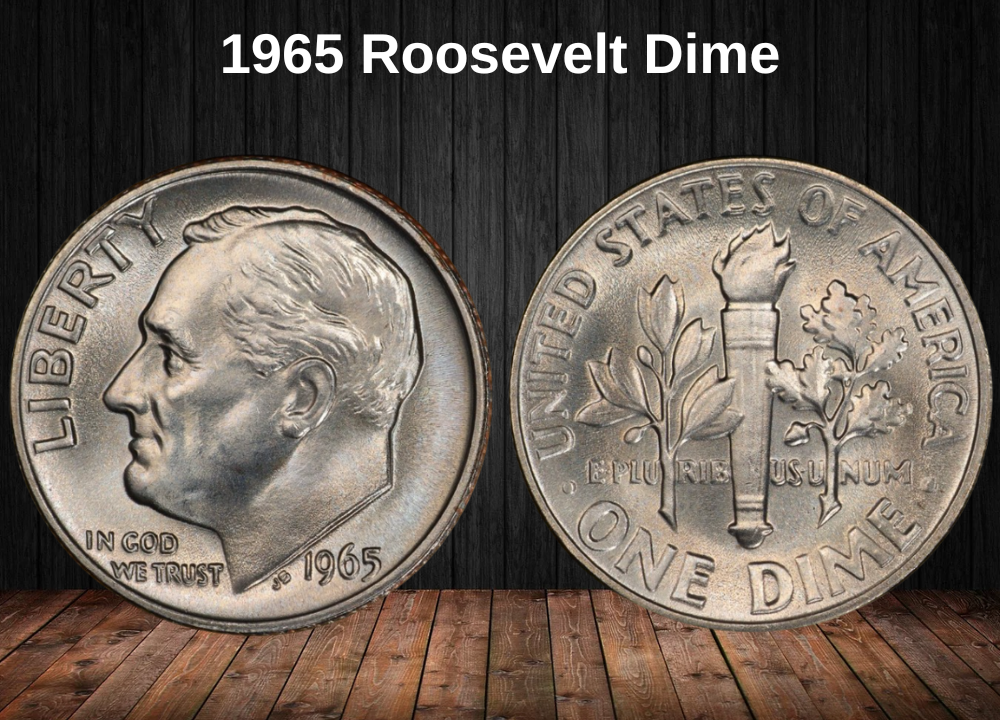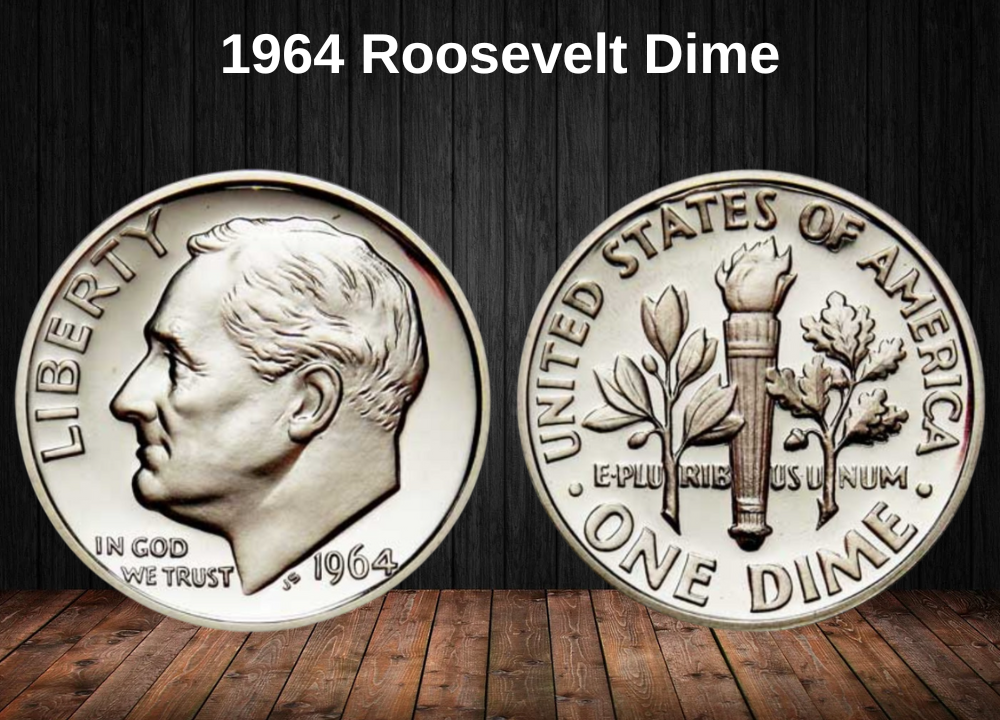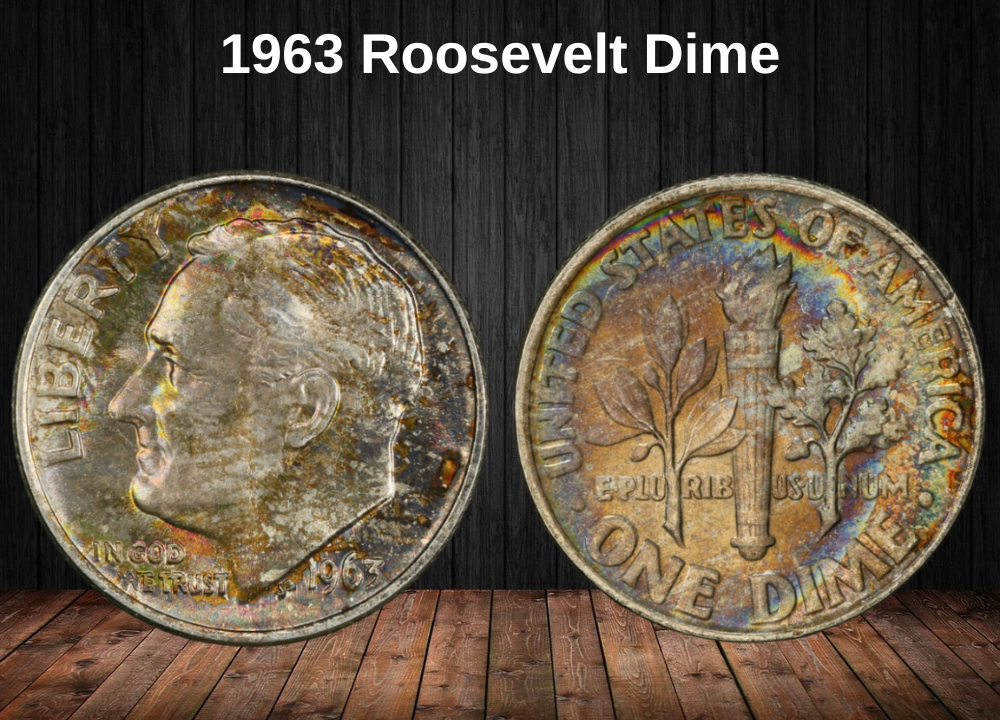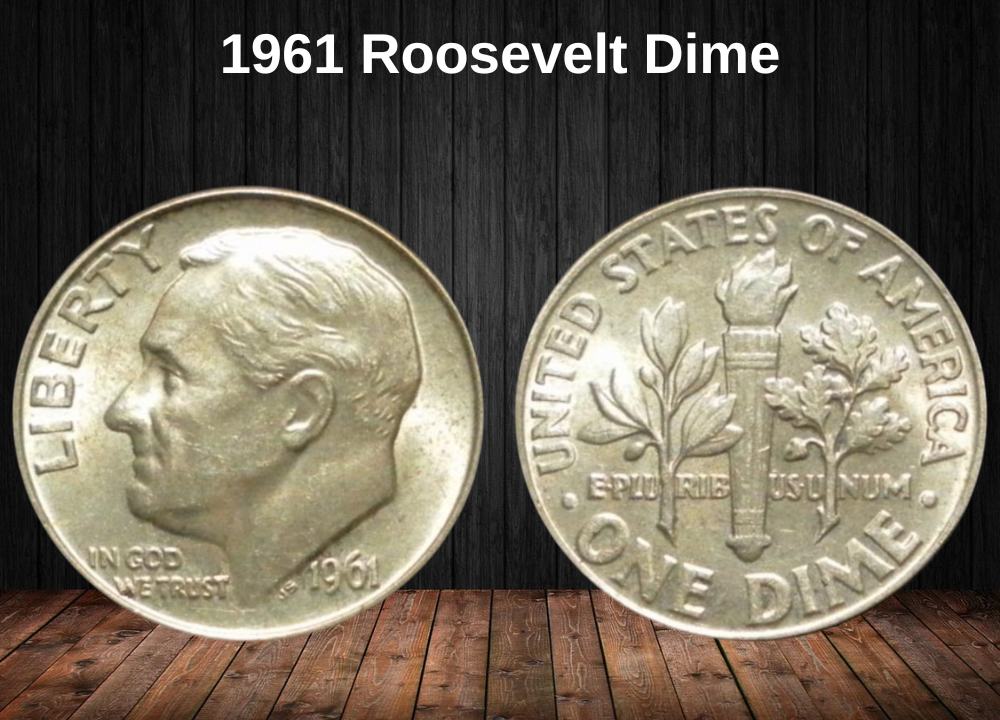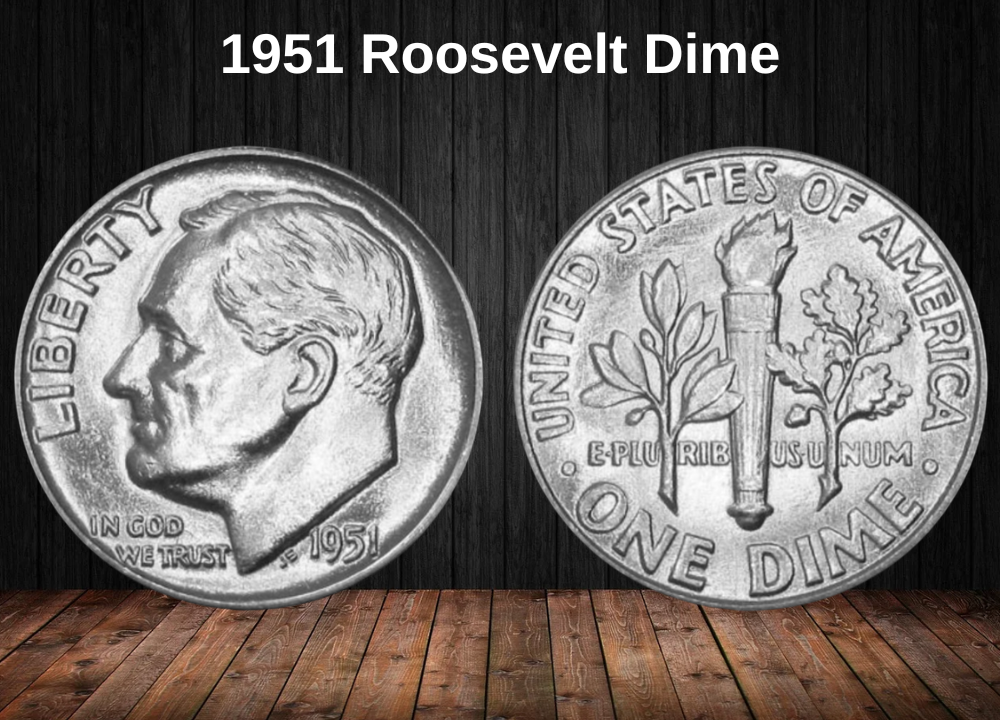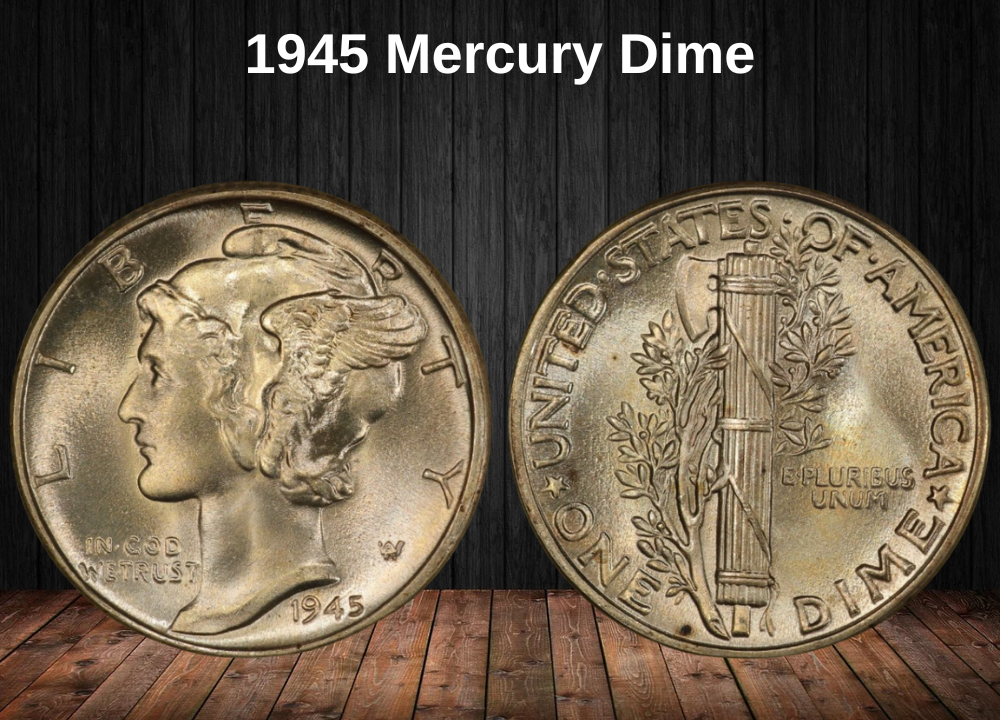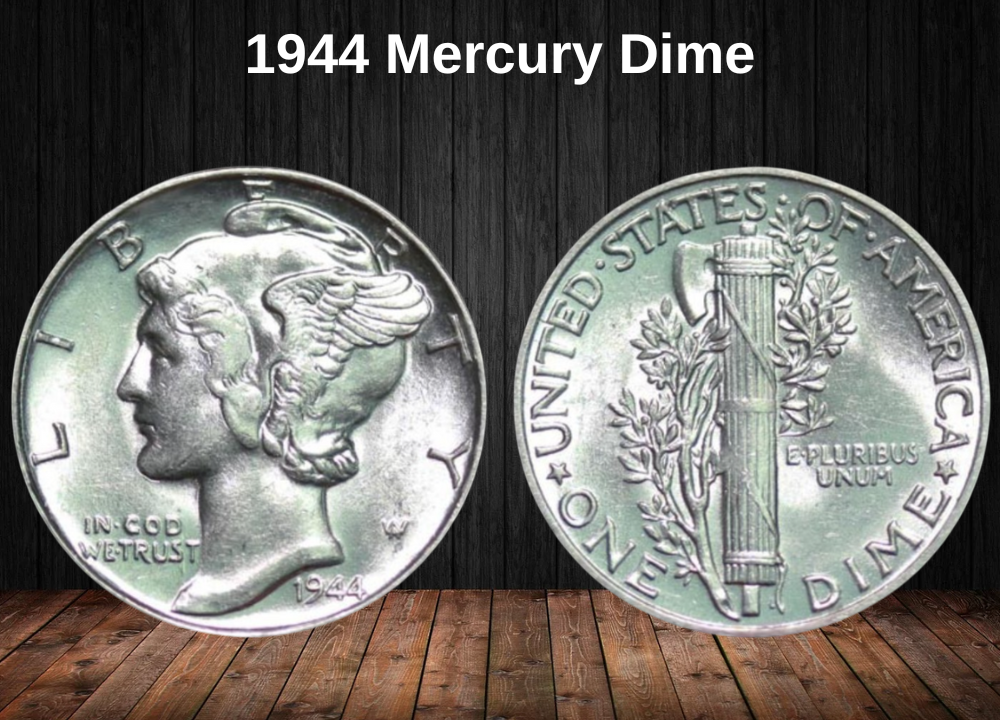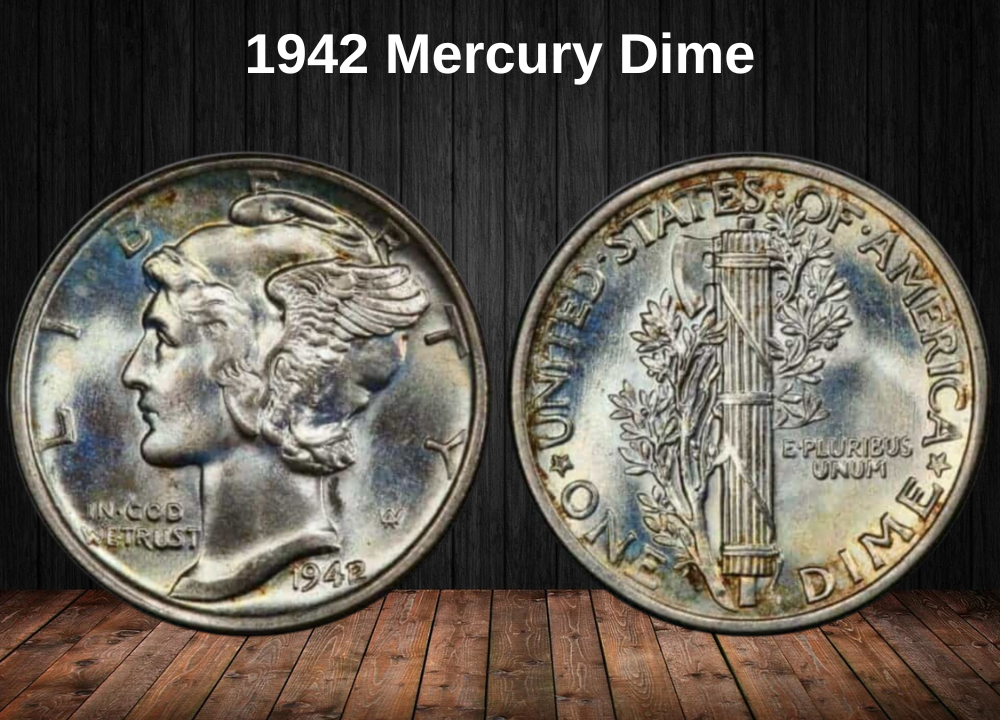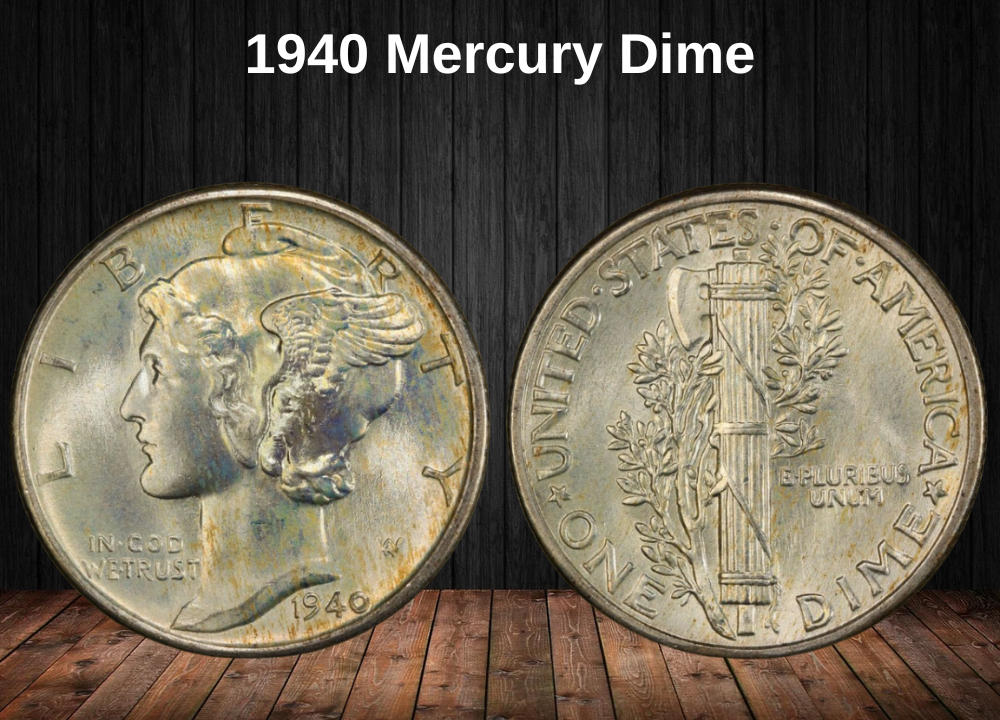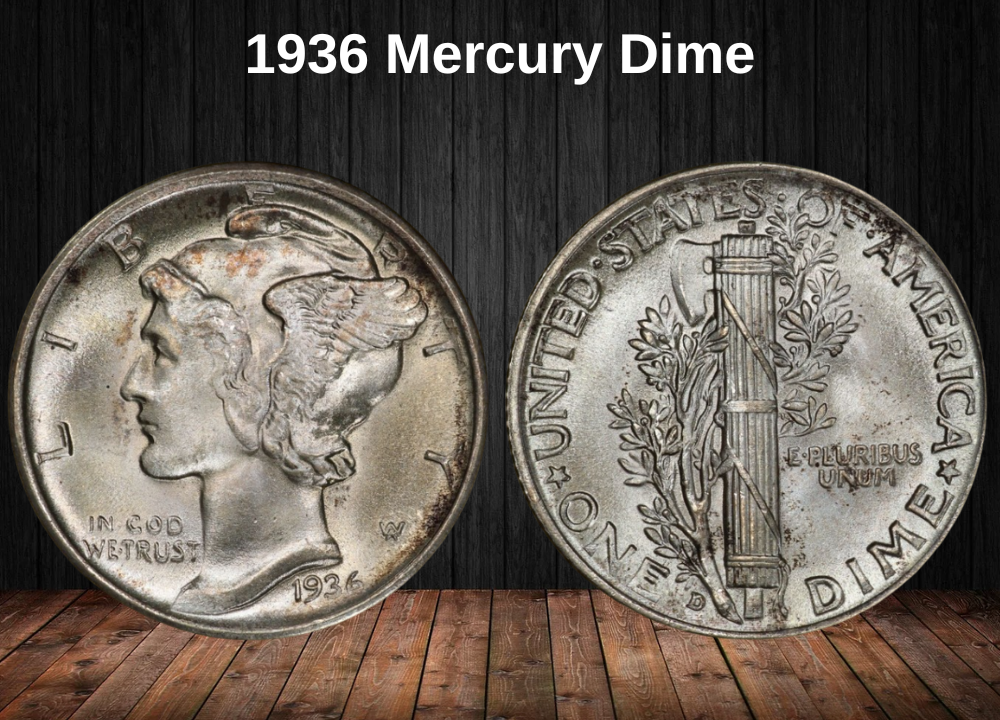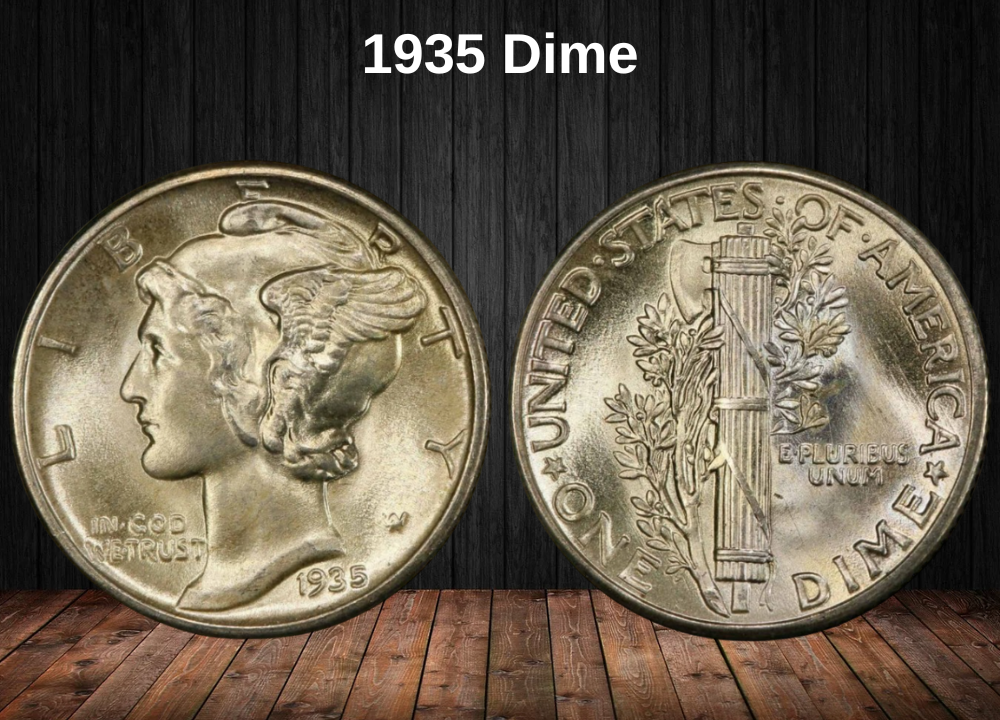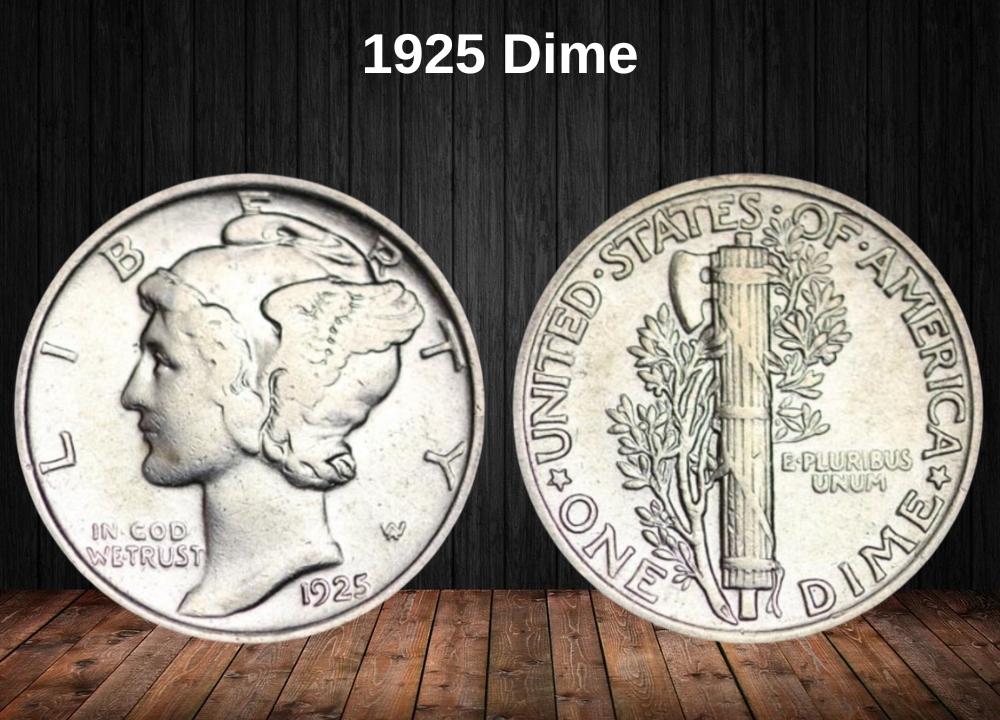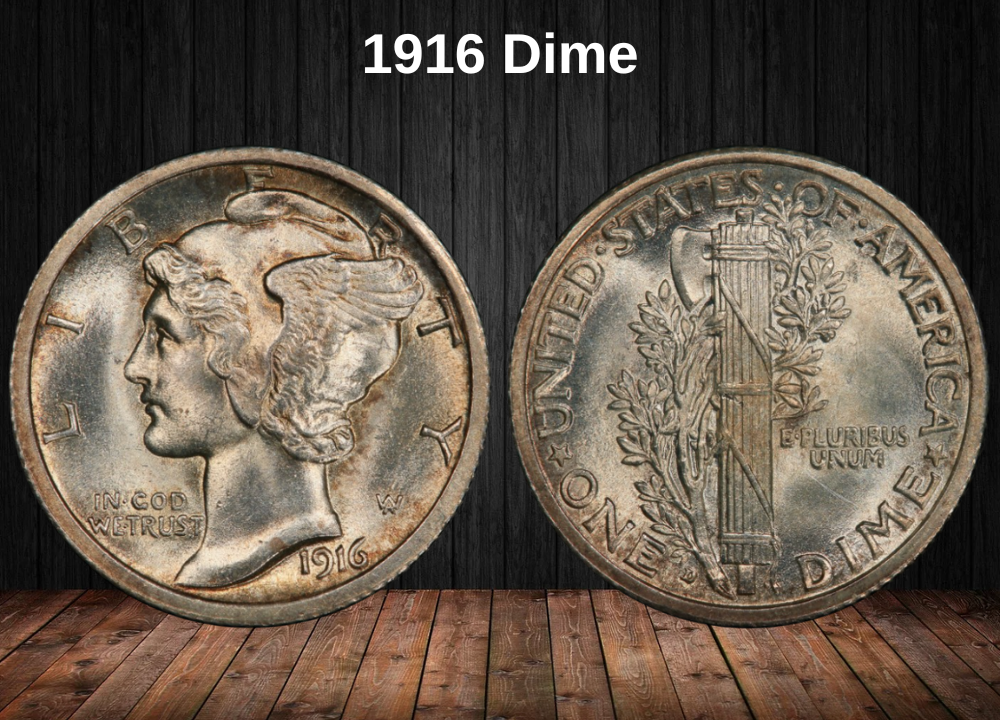The value of a 1912 Barber dime depends largely on its condition, mint mark, and any unique features such as minting errors. These coins were part of the Barber series, struck from 1892 to 1916, and most surviving examples today show heavy wear from circulation.
Because of this, uncirculated specimens are highly sought after by collectors. While the face value is only 10 cents, well-preserved examples often sell for much more. In fact, the highest-priced 1912 Barber dime ever sold exceeded $20,000 at auction.
1912 Barber Dime Value Chart
| Condition | 1912 (No Mint Mark) | 1912 “D” (Denver) | 1912 “S” (San Francisco) |
|---|---|---|---|
| Good (G) | $12 | $12 | $12 |
| Very Good (VG) | $14 | $14 | $14 |
| Fine (F) | $20 | $20 | $20 |
| Very Fine (VF) | $35 | $35 | $40 |
| Extra Fine (XF) | $45 | $45 | $70 |
| About Uncirculated (AU) | $75 | $75 | $100 |
| MS 60 | $210 | $210 | $265 |
| MS 63 | $275 | $275 | $450 |
| PR 63 | $625 | — | — |
History of the 1912 Barber Dime
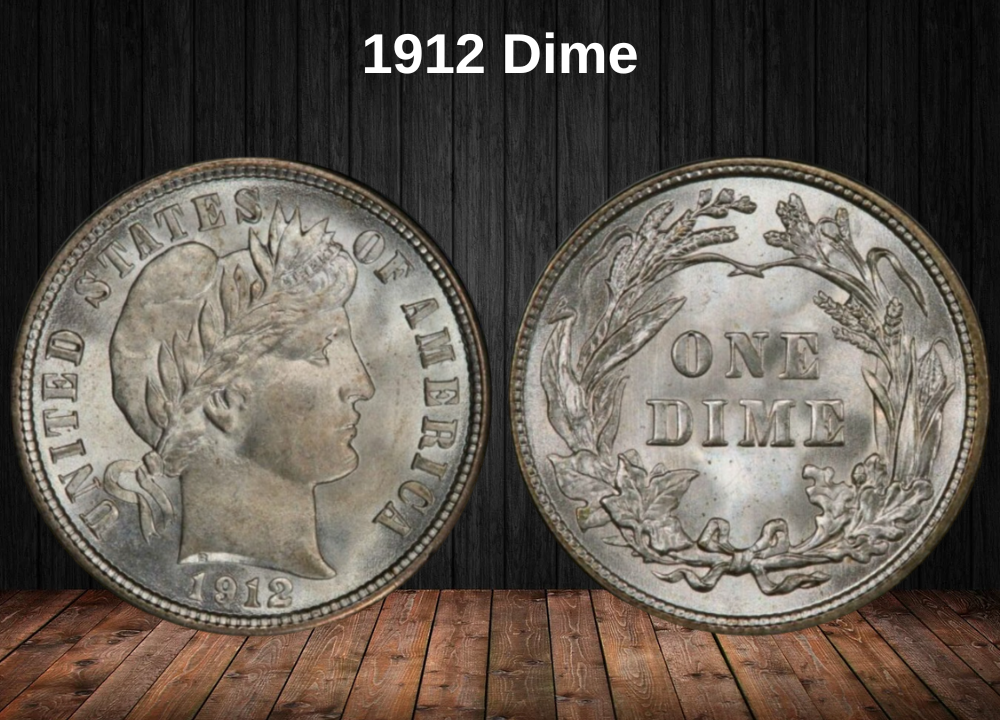
The Barber dime was produced in multiple U.S. Mint facilities between 1892 and 1916. In 1912, three mints struck this coin:
- Philadelphia Mint (No Mint Mark) – Produced 19,349,300 regular strikes and 700 proof coins in 1912.
- Denver Mint (“D” Mint Mark) – Struck 11,760,000 pieces.
- San Francisco Mint (“S” Mint Mark) – Issued the lowest mintage of the year with 3,420,000 coins.
Total mintage for 1912: 34,530,000 Barber dimes.
Background on the Barber Series
The Barber dime, named after its designer Charles E. Barber, replaced the Seated Liberty dime, which had been unpopular with the public. Initially, the Mint Director sought a public design competition, receiving over 300 submissions—but only two were deemed acceptable.
When a new Mint Director took over, he scrapped the contest results and instead assigned the project to the Chief Engraver, Barber. His final design was not revolutionary, adapting elements from the existing Morgan dollar.
On the obverse, Liberty was depicted with shorter hair, a small cap, an olive wreath, and the initial “B” at the neck truncation. The reverse kept a similar wreath design to the Seated Liberty dime, encircling the denomination ONE DIME.
Features of the 1912 Barber Dime
The 1912 Barber dime was designed by Charles E. Barber, the U.S. Mint’s Chief Engraver from 1879 to 1917, and one of the most well-known coin designers in American history. Struck between 1892 and 1916, these coins were part of the broader Barber coinage series, which also included the Barber quarter and Barber half dollar.
Obverse of the 1912 Barber Dime
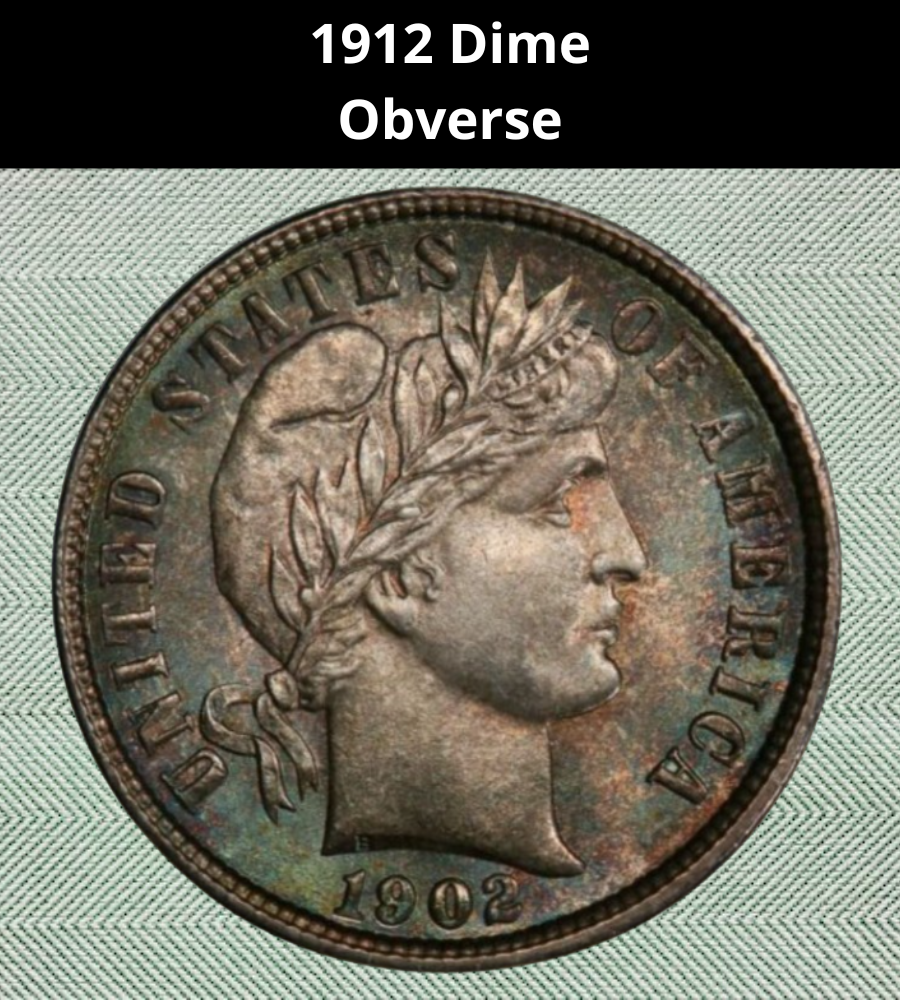
The obverse features the head of Lady Liberty facing right, wearing a Phrygian cap adorned with a laurel wreath tied with a ribbon. The word LIBERTY is inscribed on the band of the cap.
Barber drew inspiration from French coins and medals influenced by classical Greco-Roman sculptures. Along the rim appear the inscriptions:
- UNITED STATES
- OF AMERICA
- 1912
The initial “B”, representing Barber’s surname, is engraved on the truncation of Liberty’s neck to the left.
Reverse of the 1912 Barber Dime
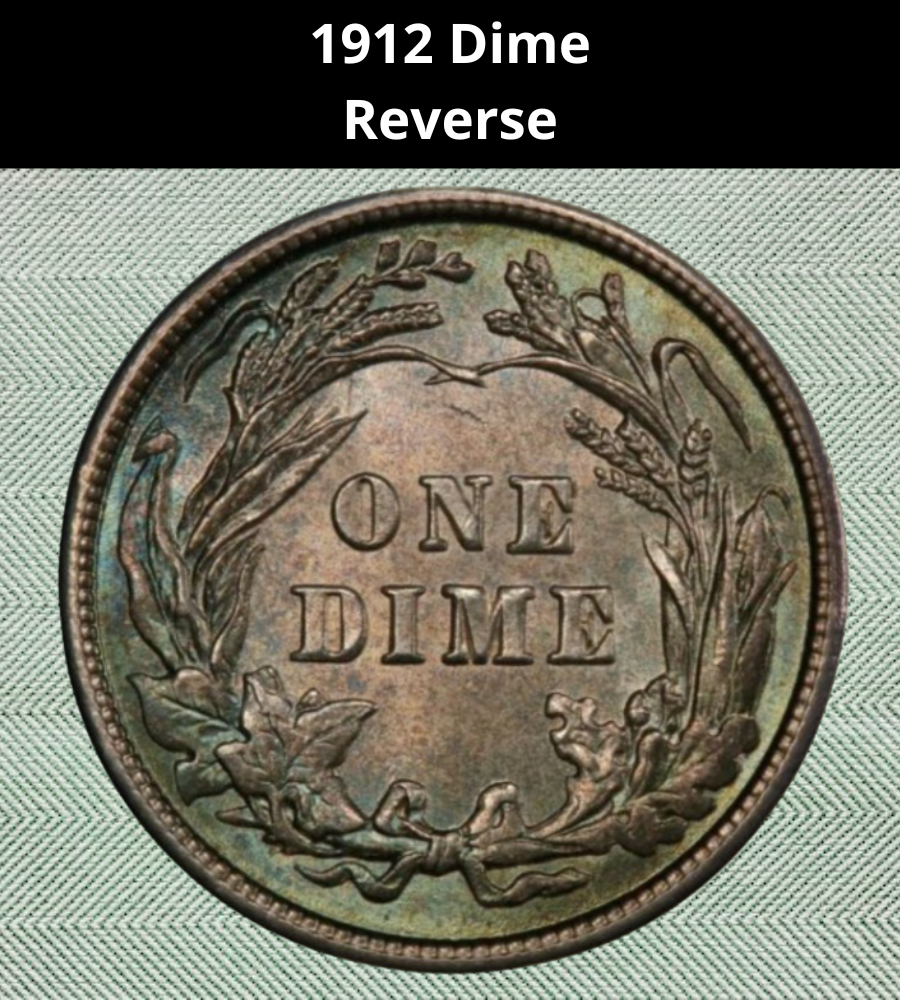
The reverse is dominated by a wreath composed of oak leaves, maple leaves, wheat, and corn, tied at the bottom with a ribbon bow. At the center is the denomination ONE DIME.
Beneath the bow is the mint mark—S (San Francisco), D (Denver), or blank (Philadelphia).
1912 Barber Dime Specifications
- Face Value: $0.10 (ten cents)
- Shape: Round
- Composition: 90% silver, 10% copper
- Type: Standard circulation coin
- Diameter: 17.91 mm (0.705 in)
- Weight: 2.50 g (0.08038 troy oz)
- Silver Weight: 2.25 g (0.07234 troy oz)
- Minting Technique: Milled
- Thickness: 1.35 mm (0.053 in)
- Edge: Reeded
The 1912 Barber dime is a precisely crafted silver coin with a classic design that reflects both practicality and the neoclassical artistic influences of its era.
1912 Barber Dime Grading
Barber dimes from 1912 are historic coins that many numismatists enjoy adding to their collections. While experienced collectors may grade their own coins using the Sheldon grading scale, most prefer having high-quality examples professionally graded.
Professional grading is often the best choice, as only coins with an official certification can achieve the highest prices at auction.
If you believe your 1912 Barber dime may not be highly valuable—meaning the grading fee could exceed its worth—you can make a quick visual check. Focus on Liberty’s cheek, as it is the most exposed area to wear. Any flattening or loss of detail there is a clear sign the coin is not in mint condition.
| # | Grade |
|---|---|
| 1 | Basal State-1 |
| 2 | Fair |
| 3 | Very Fair |
| 4, 5, 6 | Good |
| 7, 8, 10 | Very Good |
| 12, 15 | Fine |
| 20, 30 | Very Fine |
| 40 | Extremely Fine |
| 50 | About Uncirculated |
| 60 | Mint State |
| 65 | Mint State |
| 70 | Mint State |
1912 Barber Dime Value Guides
In 1912, a total of 134,530,000 Barber dimes were struck across three U.S. Mint locations. Regular circulation strikes can be identified by their mint marks—“D” for Denver, “S” for San Francisco—or no mint mark for Philadelphia. Additionally, the Philadelphia Mint produced proof coins intended for collectors.
1912 Barber Dime Value (Philadelphia, No Mint Mark)
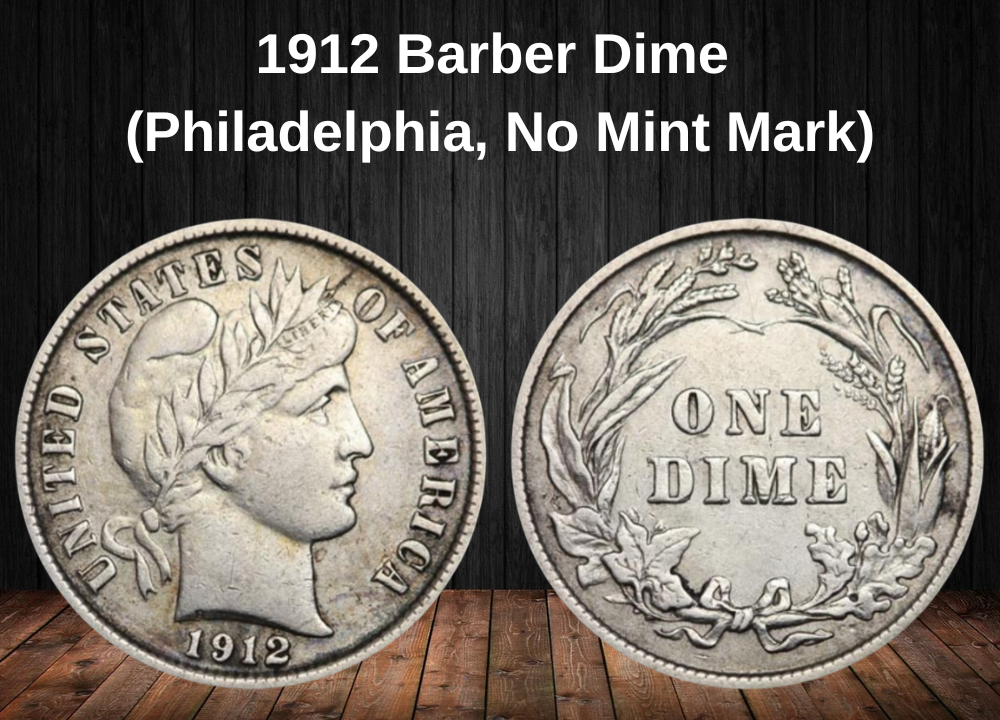
The Philadelphia Mint had the largest output in 1912, producing 19,349,300 Barber dimes. Despite their age, the large surviving population keeps these coins affordable for most collectors.
- Circulated examples: $9 – $65
- About Uncirculated (AU): $75
Mint State values:
- MS 60 – $210
- MS 61 – $220
- MS 62 – $230
- MS 63 – $275
- MS 64 – $365
- MS 65 – $475
- MS 66 – $925
While MS 67 coins are estimated at $2,250, one sold for $8,050 at auction in 2005.
1912 Proof Barber Dime Value
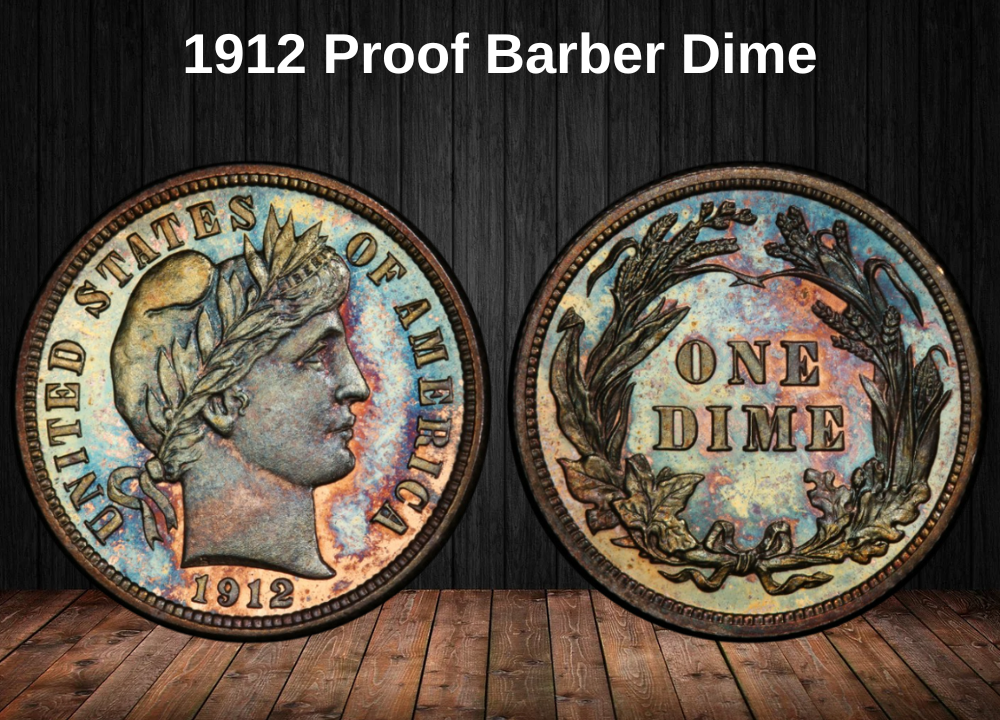
The Philadelphia Mint also struck 700 proof dimes in 1912. These collector-only pieces are far scarcer than circulation strikes.
- General value range: $200 – $15,000, depending on grade and eye appeal.
- PR 67: $1,550 – $5,750 (cameo examples command more).
- Auction records: A PR 67 CAM sold for $12,925 in 2013, while a PR 68 fetched $11,163 in 2014.
1912 D Barber Dime Value (Denver Mint)
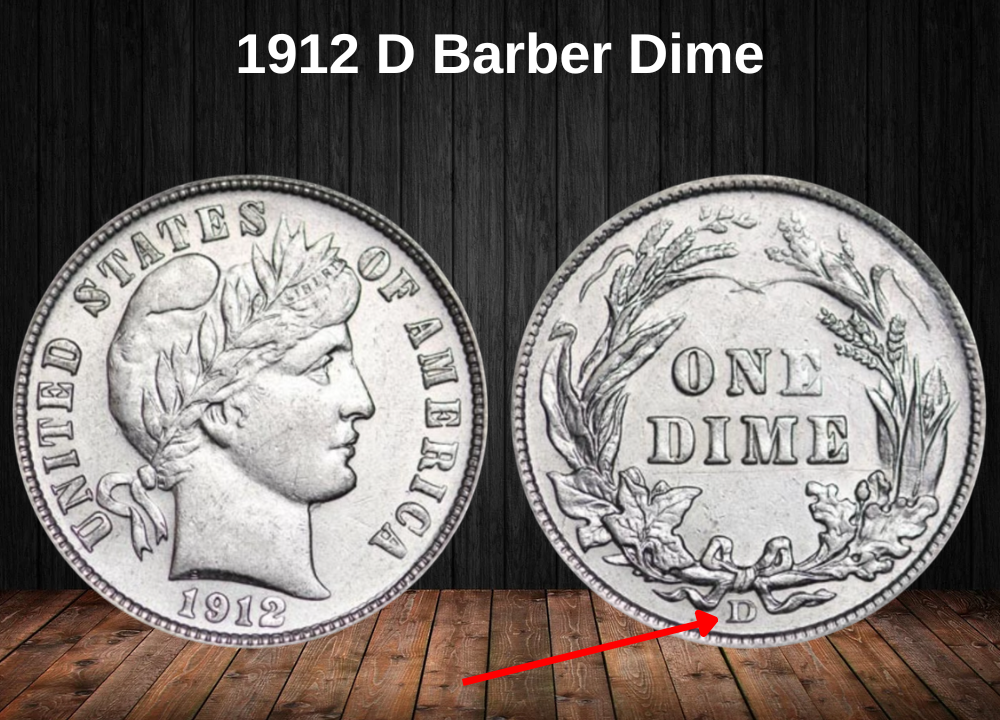
The Denver Mint struck 11,760,000 Barber dimes in 1912, marked with a “D” beneath the reverse wreath bow.
- Circulated examples: $9 – $12,500 (wide range due to grade and condition).
- Uncirculated: Start at $210 for MS 60 and reach $1,500 for MS 66.
- MS 67: Estimated at $6,750, with one selling for $7,344 at auction in 2016.
1912 S Barber Dime Value (San Francisco Mint)
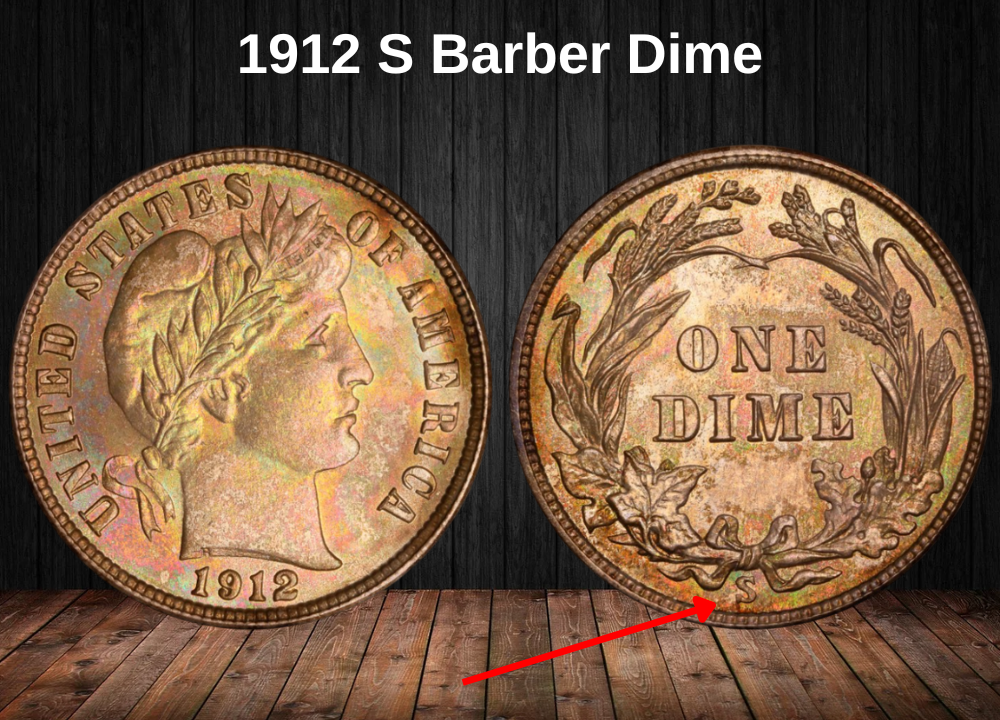
With just 3,420,000 pieces struck, the San Francisco issue is the lowest mintage and most valuable of the year.
- Circulated examples: $10 – $30,000
- MS 60: $265
- MS 65: Around $5,000
- MS 67: Estimated at $25,000
Auction highlight: A CAC-approved MS 67 sold for $21,150 in 2014.
Rare 1912 Barber Dime Errors List
The Barber dime series is a favorite among numismatists, and while the most famous varieties are the 1905-O Micro-O dime and the 1893/2 overdate dime, certain 1912 issues also feature notable minting errors that can be of interest to collectors.
Broad Strike
A broad strike occurs when the collar that holds the planchet in place during striking fails, allowing the metal to expand outward. The result is a thinner dime with a slightly larger diameter, often with a distorted shape resembling a wax seal.
- Value: Typically $10 – $50, depending on condition and the severity of the deformation.
Die Errors
These happen when a new die is improperly installed or prepared. Such mistakes can cause doubling on design elements, missing details, or extra marks. While minor doubling might not add significant value, dramatic die errors can attract collector attention.
Clipped Planchet
If the blank metal disc (planchet) is improperly cut, it can result in a dime with a visible clip or missing segment along the rim. These coins stand out in collections and can sell for a premium compared to regular strikes.
Where to Sell Your Dime Coin?
Now that you know the value of your dime, the next step is deciding where to sell it. There are several trusted options—both online and in person—that can help you get the best price depending on your coin’s rarity and condition.
To see the full list of recommended places, along with their advantages and disadvantages, check our complete guide on where to sell your dime coins.
FAQ about the 1912 Barber Dime
What makes a 1912 Barber dime rare?
While 1912 Barber dimes are not considered extremely rare overall, high-grade examples—especially those in Mint State or Proof condition—are much harder to find. Perfectly preserved coins are scarce because most spent decades in circulation before being saved by collectors.
Which 1912 Barber dime is worth a lot of money?
- 1912 S CAC Barber dime, MS 67 – $21,150 (Legend Rare Coin Auctions, 2014)
- 1912 CAM Barber dime, PR 67+ – $12,925 (Heritage Auctions, 2013)
- 1912 Barber dime, PR 68 – $11,163 (Heritage Auctions, 2014)
- 1912 Barber dime, MS 67 – $8,050 (Heritage Auctions, 2005)
- 1912 D Barber dime, MS 67 – $7,344 (Legend Rare Coin Auctions, 2016)
How much are the 1912 Barber dimes from Philadelphia worth?
Philadelphia-issued dimes have no mint mark. Circulated examples range from $4 to $102, while Mint State coins sell for $110 to $700 depending on the grade. The finest MS 67 examples can reach $1,450 to $1,850.
What is the priciest Barber dime ever sold?
The most valuable Barber dime is the 1894-S PR 66, which sold for $1,997,500 at Heritage Auctions in 2016.
For business strikes, the top sale was a 1893-S MS 67 at $63,250 in 2007, followed by an 1895-O MS 67 at $58,755.88 in 2017, and an 1895 MS 67 (Philadelphia) at $46,000 in 2005.
Where is the mint mark located on a 1912 Barber dime?
The mint mark (“D” for Denver or “S” for San Francisco) is found on the reverse, just below the wreath’s bow. Philadelphia coins have no mint mark.
How can I tell if my 1912 Barber dime is genuine?
Check its weight (2.5 g), diameter (17.91 mm), thickness (1.35 mm), and composition (90% silver, 10% copper). Compare design details to authenticated examples. For full certainty, have it graded by PCGS or NGC.
Do 1912 Barber dimes contain silver?
Yes. Each coin contains 2.25 g of pure silver, giving it a melt value based on the current silver market price—though collectible value is often much higher.
Are there known errors for the 1912 Barber dime?
Yes. Notable errors include broad strikes, die errors, and clipped planchets. While most errors add modest premiums, dramatic examples can bring higher prices from specialist collectors.
Is it worth getting a 1912 Barber dime graded?
If your coin appears uncirculated, has strong eye appeal, or shows a high grade with minimal wear, grading can significantly increase its market value and buyer confidence. For common circulated pieces, the cost of grading may exceed the coin’s worth.
Where can I sell a valuable 1912 Barber dime?
You can sell through major auction houses, online marketplaces, coin dealers, or numismatic forums. For detailed selling options with pros and cons, see our full guide on where to sell dime coins.

